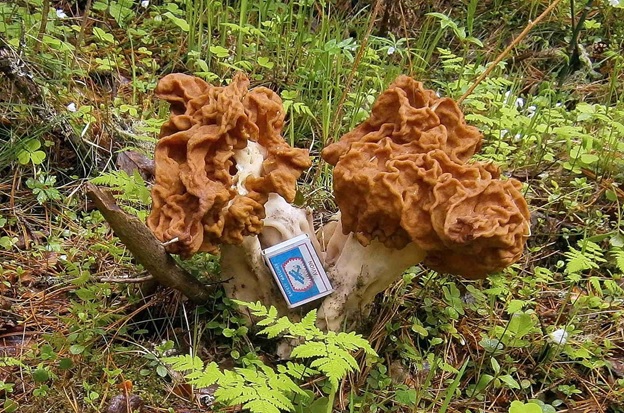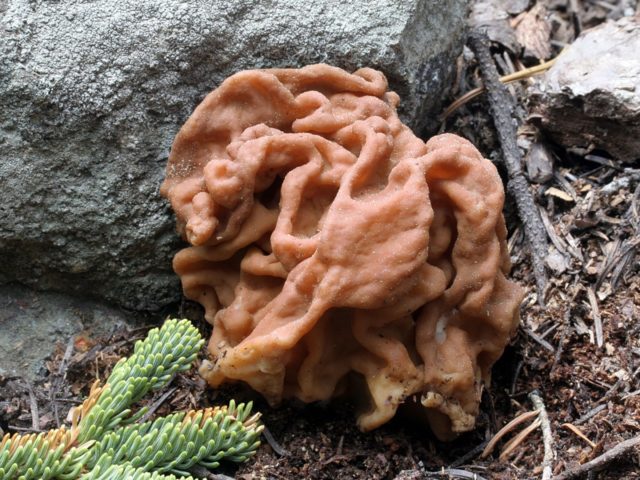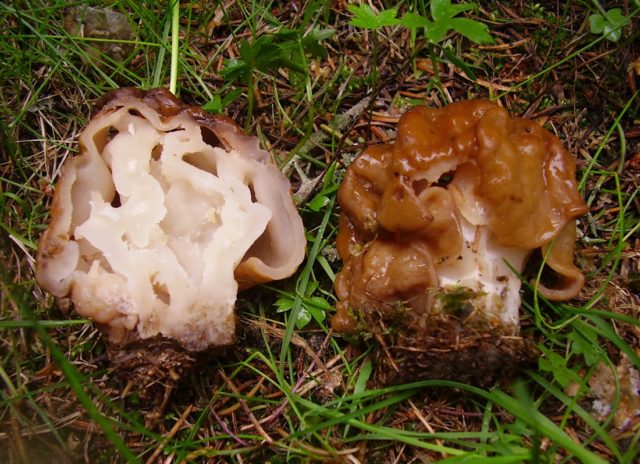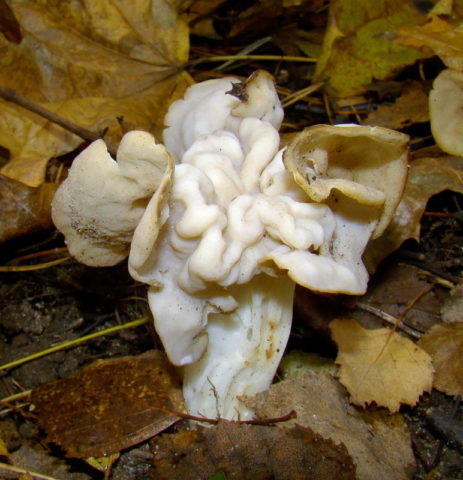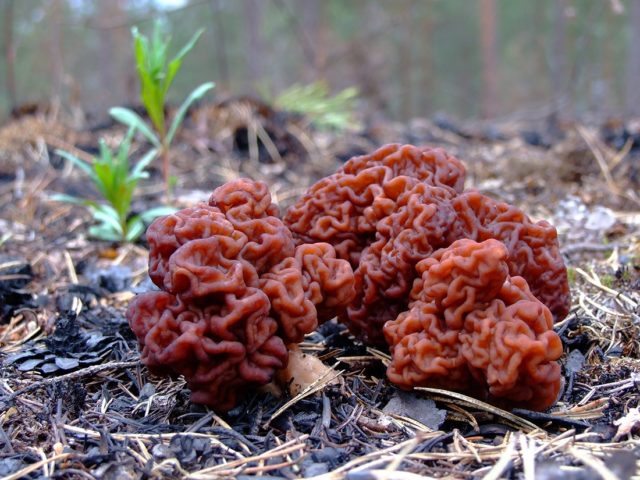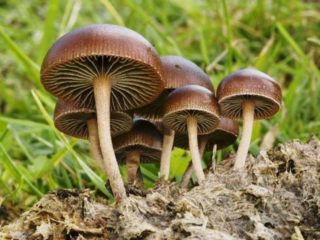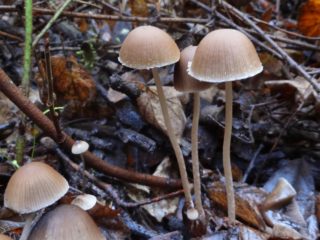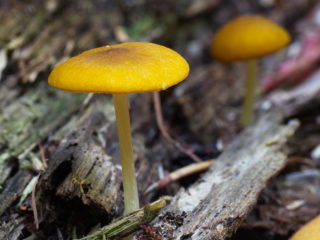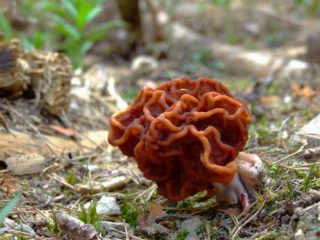Content
The line is giant (the line is gigantic, the line is large) - a spring mushroom, the folded caps of which stand out in contrast against the background of the May grass. Its main feature is that in the process of growth it reaches a gigantic size, which can be understood by its name. It grows singly, but numerous groups are also found.
What a giant line looks like
The giant line belongs to the category of marsupial mushrooms of the Discinovye family, therefore its spores are in the fruiting body itself. Its appearance is eye-catching and resembles a walnut kernel. The official name is Gyromitra gigas.
Description of the hat
As you can see in the photo, the line of the giant has a shapeless folded cap, which in places grows to the leg. When cut, there is a cavity inside. Its width varies within 7-12 cm, but in some cases there are giant specimens with a span of up to 30 cm.
At the beginning of development, the main color of the upper surface is light brown, but as it matures, it darkens and acquires an ocher color. On the reverse side there is a glossy sterile surface of white or cream shade.
Leg description
The leg of the giant line is short, light shade. Its length ranges from 3 to 6 cm, and its width often corresponds to the diameter of the cap. On external examination, the massive leg is almost invisible under the mushroom. Its consistency is fragile, brittle. The pulp does not have a characteristic mushroom smell.
Is the mushroom edible or not
This species belongs to the category of conditionally edible. There is no official information that the giant line can be eaten. It is believed that it contains the toxin gyromitrin, which in small doses does not cause rapid poisoning, but, when accumulated in the body, provokes serious complications. At the same time, drying and boiling are not able to remove the toxin and its derivatives from the mushroom.
Poisoning symptoms, first aid
When used, signs of intoxication of the body can appear after 6-10 hours. In this case, the person's well-being worsens sharply, and the symptoms only increase.
Warning signs:
- nausea turning into vomiting;
- pain in the abdomen;
- headache;
- upset stool.
If unpleasant symptoms appear, you cannot hesitate, you need to call an ambulance. While waiting for the doctor, it is worth provoking vomiting with a solution of salt (1 tbsp. L. For 1 tbsp. Water) or potassium permanganate (pink liquid). After that, drink activated charcoal in a ratio of 1-2 tablets for every 10 kg of weight, drinking the medicine with a sufficient amount of water (at least 250 ml).
Further treatment should take place in a hospital.
Healing properties of a gigantic line
The giant line is widely used in folk medicine, as it has an analgesic effect that allows you to relieve pain. At the same time, it is possible to use funds based on it only externally.
Purpose:
- heel spur;
- rheumatism;
- polyarthritis;
- osteochondrosis;
- radiculitis.
Where and how it grows
The active growth of the giant line occurs at the end of April and continues until the beginning of June. It is found in mixed forests under the shade of birches or near fallen stumps and trunks. Prefers sandy and clayey soils. On the edges, which are well warmed by the sun, you can find group plantings of this species.
In Russia, a giant line can be found in Kalmykia, as well as in Rostov, Saratov and Volgograd regions.
Doubles and their differences
Outwardly, this species is similar to curly lobe. The difference between the latter is that it can be found in the autumn period - from late August to mid-October. The color of the cap is from light brown to pale ocher. The mushroom is considered conditionally edible, but requires heat treatment.
The giant line also bears similarities with another species of the Discinova family - the ordinary line (Gyromitra esculenta). A characteristic feature of the twin is the dark brown color of the cap, and the size of the fruiting body is much smaller. This species belongs to the category of deadly poisonous, as it contains gyromitrin.
Conclusion
The giant line, according to experts, does not pose a mortal danger to human health in small doses. But with the accumulation of toxins in the body, it can provoke death. In many countries, it is classified as a poisonous species, so do not underestimate the degree of risk.
